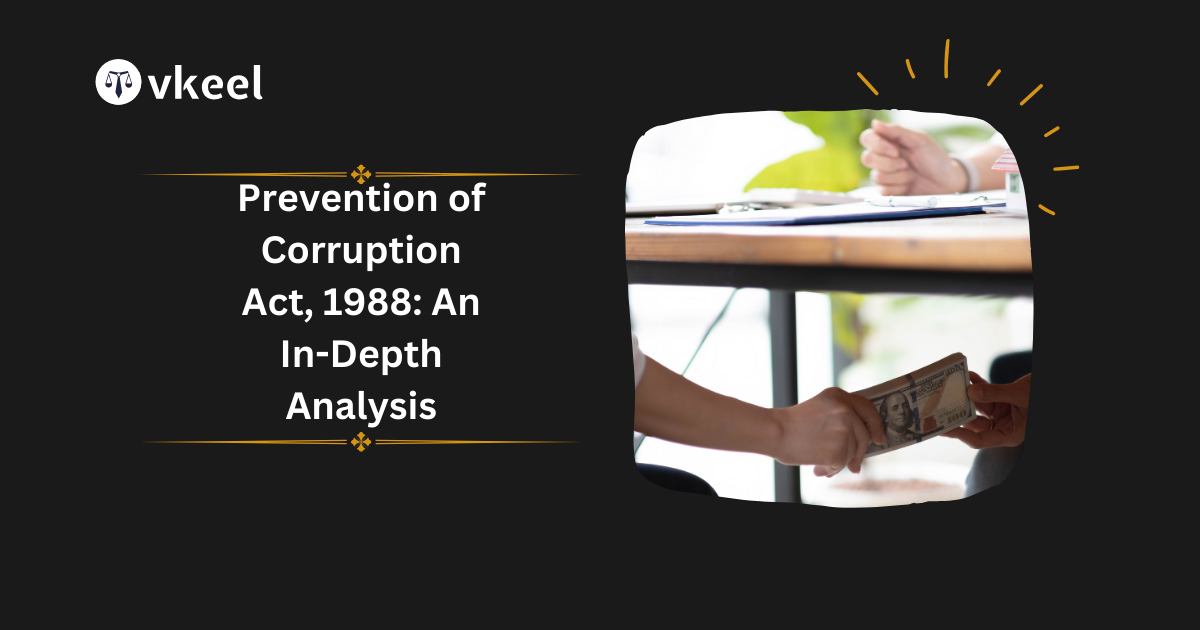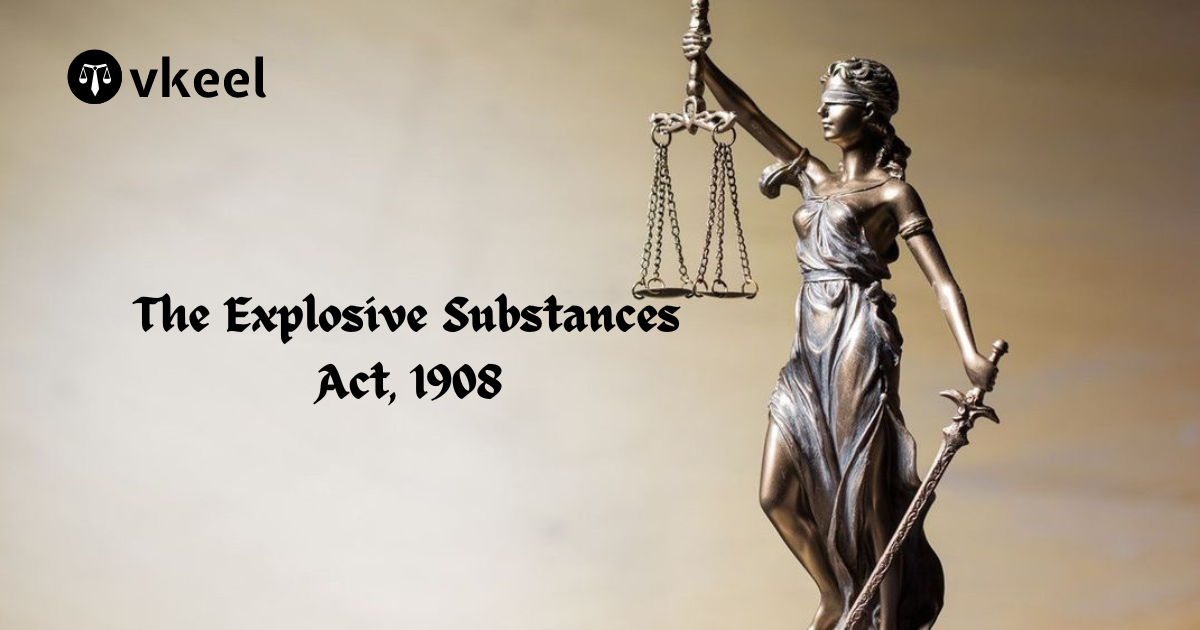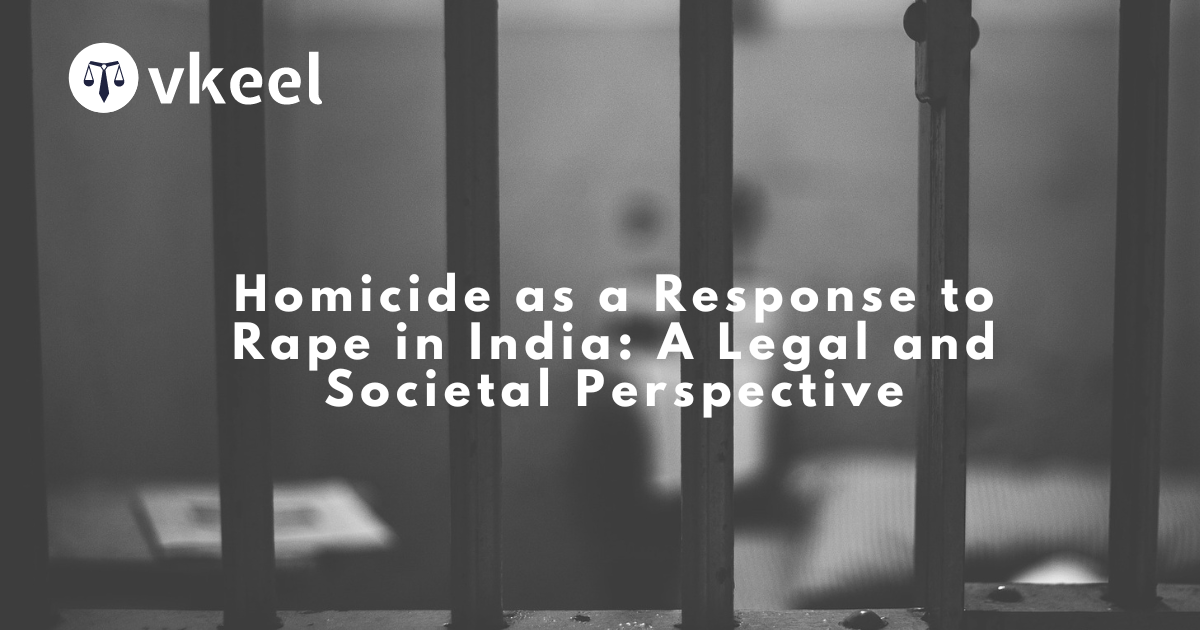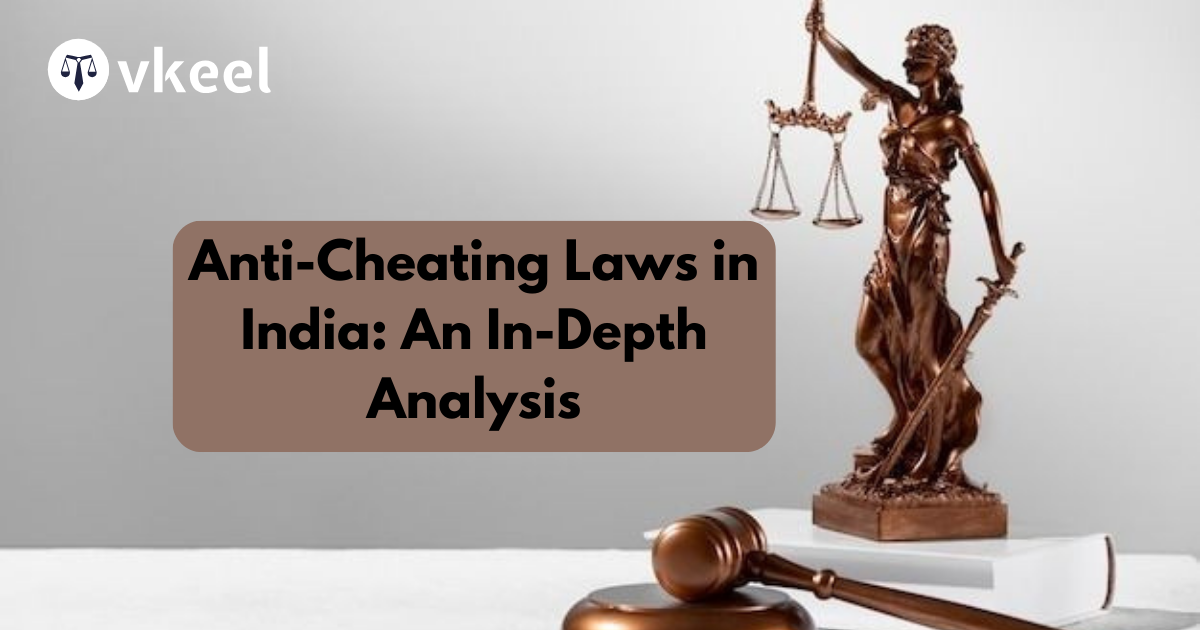Prevention of Corruption Act, 1988: An In-Depth Analysis
By Himanshu Kumar
Table of Contents
Introduction
The Prevention of Corruption Act, 1988 (PCA), is a comprehensive piece of legislation enacted by the Parliament of India to combat corruption in government agencies and public sector businesses. The Act aims to consolidate and amend the laws relating to the prevention of corruption and to provide for effective mechanisms to address corruption in public life.
The Prevention of Corruption Act, 1988, has its roots in earlier anti-corruption laws in India, aimed at addressing the growing concern of corruption in public administration. Before the enactment of the PCA, anti-corruption measures were primarily governed by the Indian Penal Code, 1860, and the Prevention of Corruption Act, 1947. The 1947 Act was introduced post-independence to specifically target corruption among public officials, but over the decades, it became evident that these laws were inadequate to combat the increasing complexity and sophistication of corrupt practices. The need for a more comprehensive and robust legal framework led to the introduction of the Prevention of Corruption Act, 1988, which consolidated existing laws and incorporated more stringent provisions to effectively deter and punish corruption.
The primary objective of the Prevention of Corruption Act, 1988, is to enhance accountability and integrity in public services by providing a legal framework to tackle corruption effectively. The Act aims to prosecute and penalize corrupt public servants and private individuals involved in bribery and other corrupt practices. It expands the definition of public servants to include a wide range of individuals in public service, establishes special courts for speedy trials, and empowers investigative agencies to conduct thorough investigations. By implementing stringent penalties and enabling the forfeiture of assets acquired through corrupt means, the PCA seeks to create a deterrent effect and foster a culture of transparency and ethical conduct in public administration.
Key Features of the PCA
The Prevention of Corruption Act, 1988, was designed to strengthen the legal and administrative framework for tackling corruption. Its salient features include:
- Definition of Public Servant: The Act broadly defines “public servant” to include a wide range of individuals in the public sector, ensuring that various categories of government officials and employees are covered under its ambit.
- Offenses and Penalties: The PCA delineates several offenses related to corruption, including accepting or giving bribes, misappropriation of property, obtaining pecuniary advantage through corrupt means, and abuse of official position. The penalties for these offenses range from imprisonment of six months to seven years, along with fines.
- Powers of Investigation: The Act grants powers to the Central Bureau of Investigation (CBI) and other agencies to investigate corruption cases. These agencies are empowered to conduct searches and seizures, collect evidence, and arrest individuals involved in corrupt practices.
- Special Courts: The PCA provides for the establishment of special courts to expedite the trial of corruption cases. These courts are intended to ensure swift justice and reduce the pendency of corruption cases.
- Protection to Whistleblowers: Although the original Act did not include specific provisions for whistleblowers, subsequent amendments and related legislations have sought to provide protection to individuals who expose corruption.
Significant Case Laws
Several landmark judgments have shaped the interpretation and enforcement of the PCA. Here are some notable cases:
- Subramanian Swamy v. Manmohan Singh (2012): This case involved a petition by Dr. Subramanian Swamy seeking sanction to prosecute the then Prime Minister Manmohan Singh in the 2G spectrum case. The Supreme Court held that the sanction for prosecution should be granted or refused within a reasonable time frame, emphasizing the importance of prompt action in corruption cases.
- Lalu Prasad Yadav Fodder Scam Case: The conviction of Lalu Prasad Yadav, a former Chief Minister of Bihar, in the multi-crore fodder scam case is one of the most high-profile applications of the PCA. The case highlighted systemic corruption and led to significant political and legal repercussions.
- J. Jayalalithaa Disproportionate Assets Case: The conviction of J. Jayalalithaa, former Chief Minister of Tamil Nadu, along with her close aide Sasikala, under the PCA for holding assets disproportionate to her known sources of income was a landmark judgment. This case underscored the PCA’s role in targeting high-profile corruption.
- P. V. Narasimha Rao Bribery Case: In this case, the former Prime Minister of India, P. V. Narasimha Rao, was accused of bribing MPs to win a no-confidence motion. Although Rao was acquitted due to lack of evidence, the case brought to light the complexities and challenges in proving corruption at the highest levels.
Amendments to the PCA
The Prevention of Corruption Act, 1988, has undergone several amendments to address evolving challenges and to strengthen its provisions:
- Prevention of Corruption (Amendment) Act, 2014: This amendment aimed to align the PCA with the United Nations Convention against Corruption (UNCAC), to which India is a signatory. The amendment introduced provisions for criminalizing bribery of foreign public officials and officials of public international organizations.
- Prevention of Corruption (Amendment) Act, 2018: This significant amendment brought about several crucial changes:
- Definition of Bribery: It redefined the offense of giving a bribe to make it punishable, thus holding both the bribe giver and the bribe taker accountable.
- Enhanced Penalties: The amendment increased the penalties for corruption, with imprisonment now ranging from three to seven years, along with fines.
- Corporate Liability: Companies found guilty of bribing public servants can now face penalties, enhancing corporate accountability.
- Prior Sanction for Prosecution: The amendment introduced the requirement of prior sanction for prosecuting serving and retired public officials, aiming to protect honest public servants from frivolous litigation while ensuring that corrupt officials are prosecuted.
- Attachment and Forfeiture: Provisions for the attachment and forfeiture of property obtained through corrupt means were strengthened.
Impact of the PCA
The PCA has had a profound impact on the fight against corruption in India, although its implementation has faced several challenges:
- Increased Accountability: The Act has played a critical role in holding public servants accountable for their actions. The establishment of special courts and dedicated investigative agencies has facilitated the prosecution of corruption cases.
- Deterrence: The stringent penalties and the threat of legal action have acted as a deterrent to corrupt practices among public officials. High-profile convictions under the PCA have sent a strong message about the consequences of engaging in corruption.
- Challenges in Implementation: Despite its robust framework, the PCA’s effectiveness has been hampered by issues such as delays in the legal process, difficulties in obtaining evidence, and the need for prior sanction for prosecution, which can sometimes lead to protection of corrupt officials.
- Encouraging Whistleblowers: Although the original Act did not have provisions for protecting whistleblowers, subsequent legislations like the Whistle Blowers Protection Act, 2014, have sought to provide safeguards for individuals exposing corruption, thereby promoting transparency and accountability.
Conclusion
The Prevention of Corruption Act, 1988, stands as a pivotal piece of legislation in India’s fight against corruption. By providing a comprehensive legal framework to address various forms of corruption, the Act has played a significant role in enhancing accountability and deterring corrupt practices among public servants. Landmark case laws under the PCA have underscored its importance in addressing high-profile corruption and have set significant precedents in the interpretation and enforcement of the Act.
Amendments to the PCA, particularly the 2018 amendment, have further strengthened its provisions, aligning it with international standards and addressing contemporary challenges in the fight against corruption. Despite its robust framework, the implementation of the PCA faces challenges, including delays in the legal process and difficulties in obtaining evidence.
The PCA’s impact on curbing corruption in India is undeniable, but the ongoing battle against corruption requires continuous efforts to address implementation challenges, enhance transparency, and protect whistleblowers. The legacy of the PCA highlights the need for vigilance, effective enforcement, and a commitment to upholding integrity in public life. As India continues to evolve and address new challenges, the PCA remains a cornerstone in the country’s legal arsenal against corruption, embodying the pursuit of a more transparent and accountable governance system.
Disclaimer:
The information provided in the article is for general informational purposes only, and is not intended to constitute legal advice or to be relied upon as a substitute for legal advice. Furthermore, any information contained in the article is not guaranteed to be current, complete or accurate. If you require legal advice or representation, you should contact an attorney or law firm directly. We are not responsible for any damages resulting from any reliance on the content of this website.







